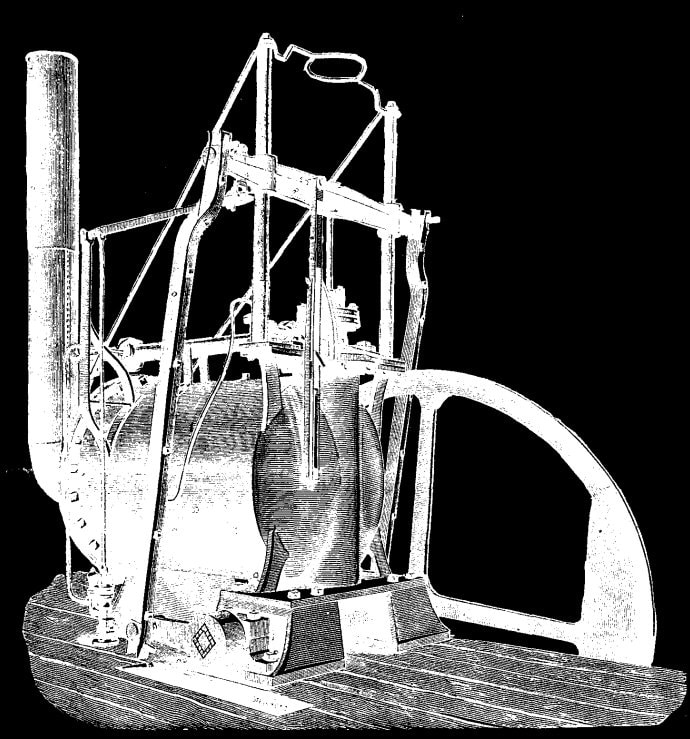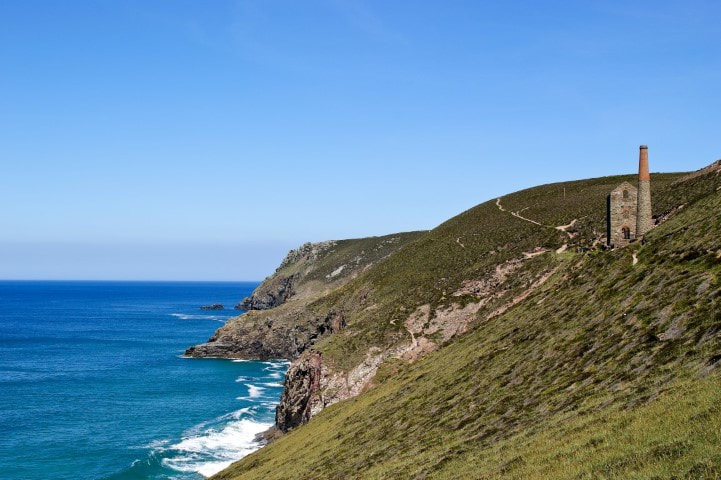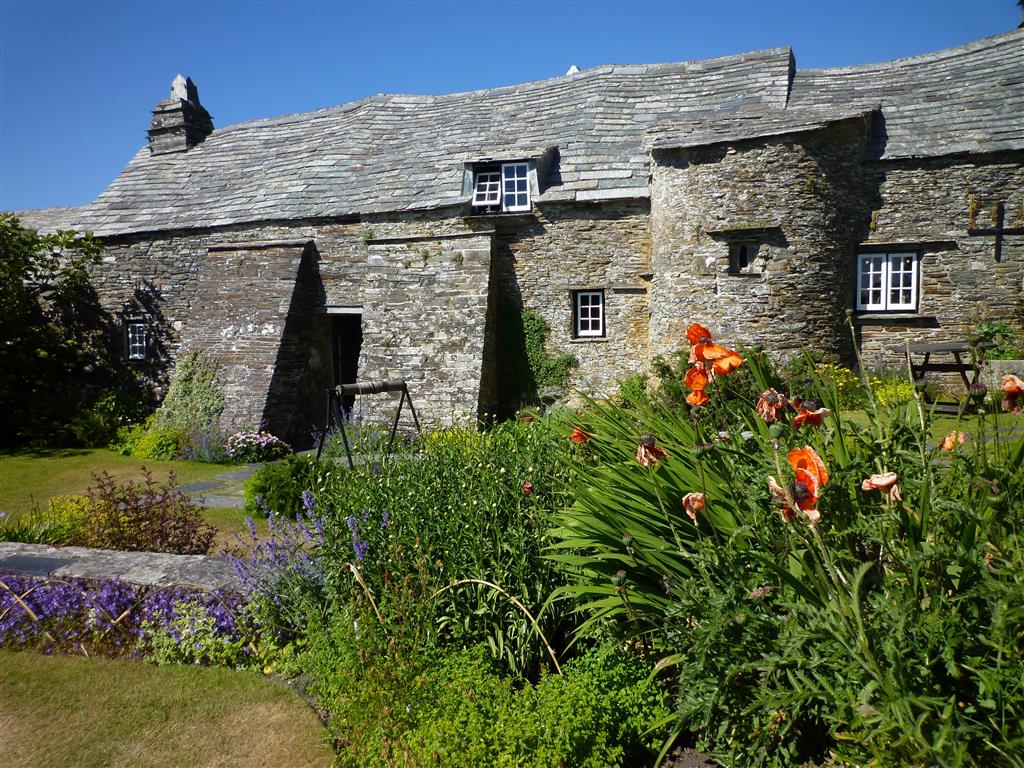The Cornish are really quite an enterprising bunch. For a county so rural, it is always impressive to read of the contributions to industry, technology and science made by inhabitants of the county. In this blog post, we’ve collected 9 of the greatest inventions and discoveries made by Cornish folk. If we’ve missed something that deserves a mention, let us know in the comments below.

Pears soap
Not many people know that the inventor of Pears Soap was a Cornishman. Andrew Pears from Mevagissey, born in 1770, became a barber in London, and uncovered a demand for a lighter, gentler soap – this, at a time when many soaps used arsenic and lead. He formulated a recipe to create a transparent product which was an instant hit, and it is still on sale today.

The Rocket Line
The Rocket Line system is an amazing piece of kit that allowed lifesavers to fire a rope at a ship in distress by using a rocket fired from land. It was invented by Henry Trengrouse of Helston who witnessed more than 100 men drown off Porthleven in 1807. He also successfully campaigned against the custom of burying shipwreck victims in mass, unmarked graves.
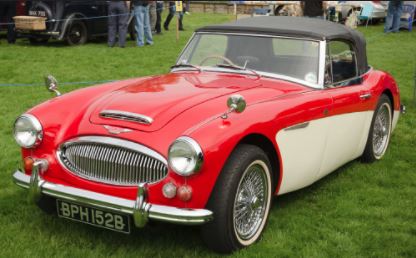
Austin-Healeys
This iconic sports car was born in the mind of Donald Healey, a designer and rally driver from Perranporth. Unfortunately, Donald set up shop elsewhere in the country and the Donald Healey Motor Company never produced a single car in Cornwall – but still, the designer himself was Cornish and that’s good enough for us!
Neptune
Although Neptune had technically been spotted through a telescope by Galileo as early as 1612, its slow movement had caused it to be mistaken for a stationary star. Centuries later, Cornishman John Couch Adams (from Laneast), along with Frenchman Urbain Le Verrier, independently established Neptune’s existence through a mathematical study of the orbit of its neighbour Uranus. Not only that, Adams was even able to calculate its approximate mass!
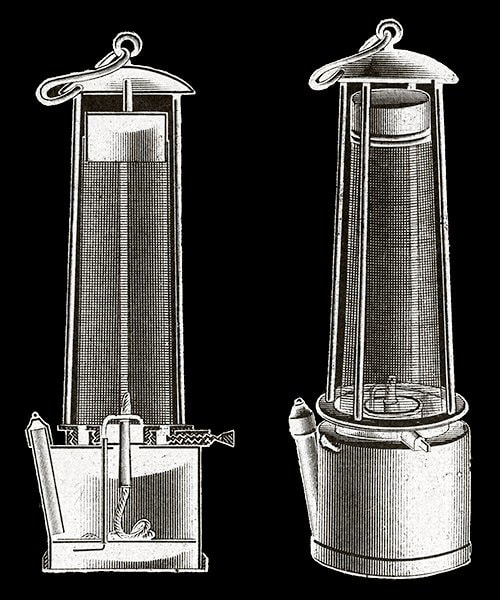
The Davy Lamp
With such a rich mining heritage, it isn’t surprising that some of the industry’s leading inventions came from the county. Explosions were a common cause of death in mines, due to uncovered lamps inadvertently lighting either natural ‘firedamp’ gases or mining explosives. Sir Humphrey Davy from Penzance devised an ingenious lamp – the Davy Lamp – in which the flame was surrounded by a metal mesh with holes small enough to stop a flame passing through them, but large enough to allow airflow.
Potassium, sodium, calcium, strontium, barium, magnesium and boron!
We’re not finished with Humphrey Davy just yet! The inventor was actually better known as a chemist and received his knighthood for isolating a number of elements, most of which have become very familiar to us.
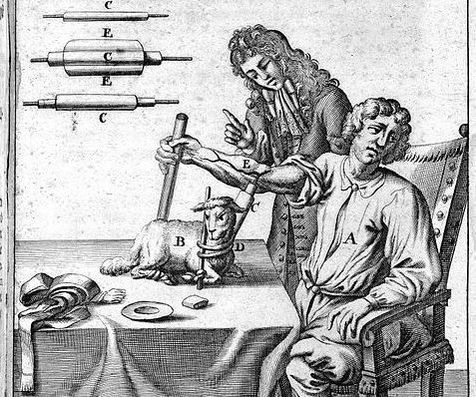
Blood transfusion
Richard Lower was born in St. Tudy in 1631, and was educated in London to become a physician. He is best known for his extensive study of circulation which culminated in the first ever blood transfusion in 1667 more than 350 years ago. Incredible, especially bearing in mind the rudimentary equipment at the time. He was so successful that he ended up nursing King Charles II in his final illness.
The Limelight
The wonderfully named Victorian celebrity Sir Goldsworthy Gurney was born near Padstow, and is locally famous for building and inhabiting Bude Castle. Amongst a plethora of inventions, including various forms of steam transport, he is possibly best known for his work on artificial light– a clever ways of creating a bright artificial flame using oxygen. His system allowed him to create the ‘Bude Light’ – a bright oil lamp used to light the Houses of Parliament – and the proverbial limelights in use in Victorian theatres. In his later life, he bought a house about 2 miles from us at Hornacott Barton.
The Steam Engine
While many people think the first steam engine was Stephenson’s Rocket, this was actually just a very efficient and popular early model. The first was actually the ‘Puffing Devil’, designed by Richard Trevithick from near Redruth some 28 years earlier. Trevithick laid down the basics of harnessing high-pressure steam, and although he also worked on everything from central heating systems to dry docks, he will be forever remembered for the first ever steam locomotive.
